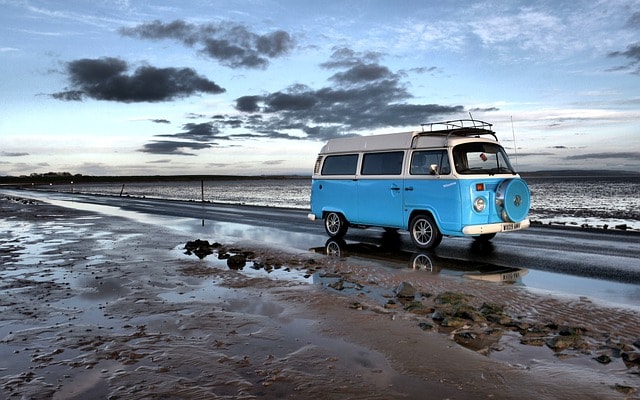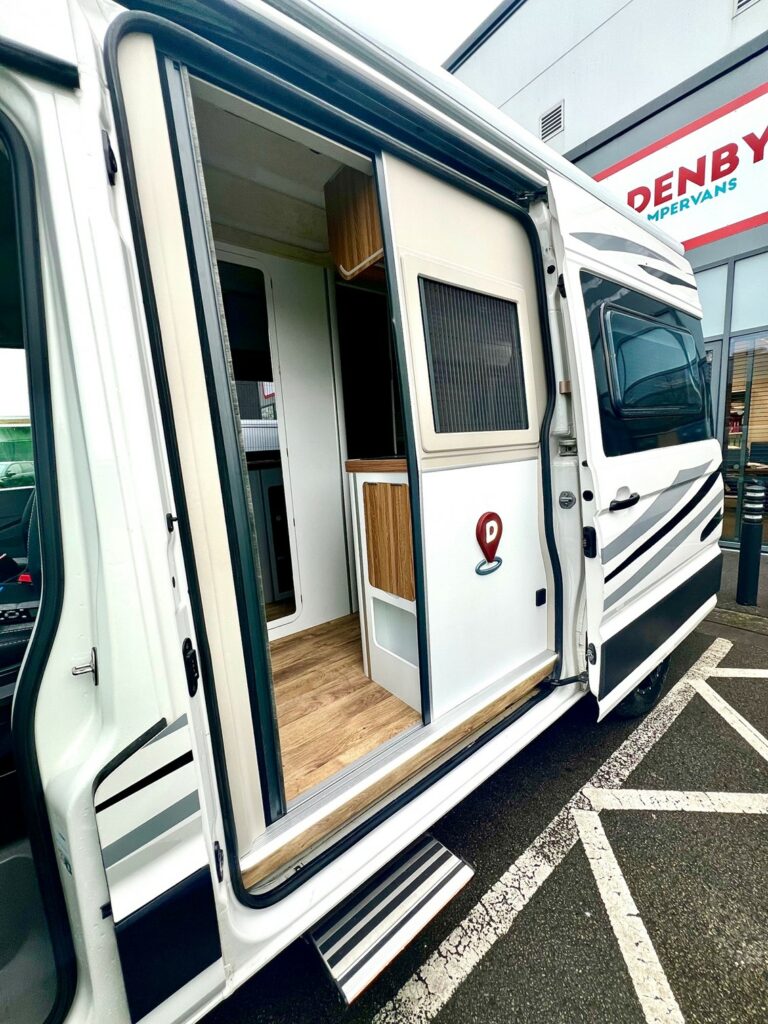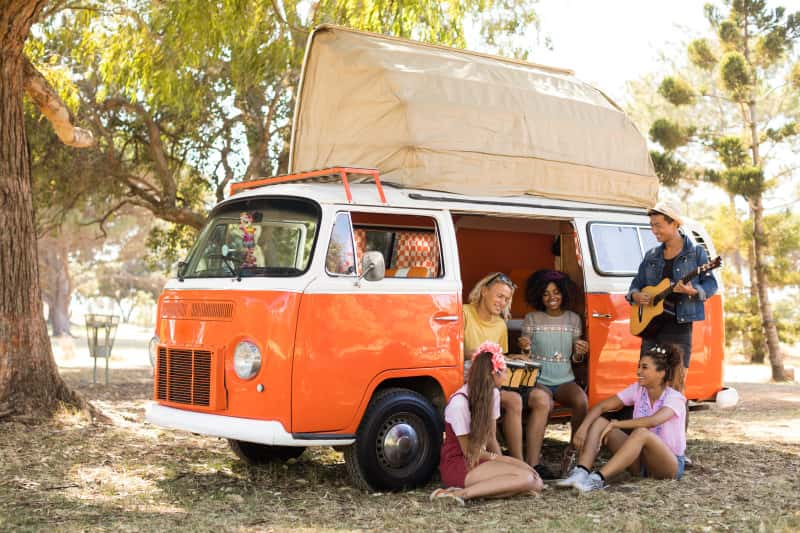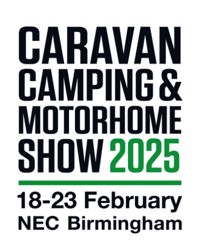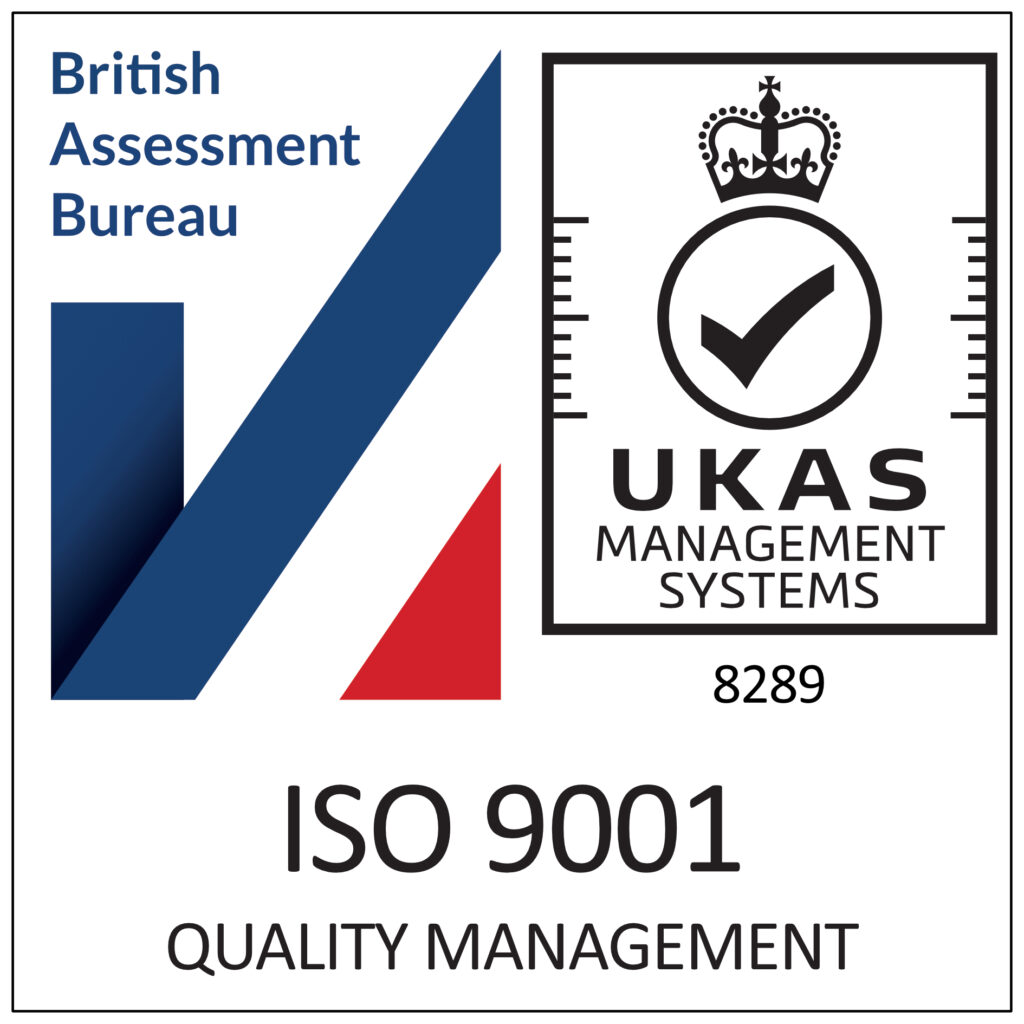Buying your first campervan? Here are three key things to know. Wheelbase size affects maneuverability and space—short wheelbase (SWB) vans are easier to park and fuel-efficient, while long (LWB) and extra-long (XLWB) options offer more room for storage and comfort. Transmission type matters too—automatic vans are easier to drive, especially on long trips, while manuals provide more control, better fuel efficiency, and lower costs. Lastly, engine capacity impacts fuel economy and performance, with 2L engines being the most efficient for campervans. Choosing the right van depends on your travel needs, comfort preferences, and driving confidence.
There is nothing more exciting than getting ready to purchase your first campervan. However, unless you’re a big van nerd, there’s a lot of terminology in the van world that can be confusing. This guide explains three of the key things that you will need to understand before buying your first van.
1. What are Wheel Bases?
A wheel base describes the distance between the centre point of both the rear wheels and the front wheels – in other words distance from the centre of the wheel axels at the front and back. It is a common way of defining the length and size of a van.
Short Wheelbase
When you have a short wheelbase (SWB) van, you have a van that is on the smaller side as vans come. This means that a short wheelbase campervan may not be the best for families, but might suit a couple perfectly, sometimes with a sporty feel.
What a short wheelbase van lacks in size, it makes up for in other benefits:
- Tighter handling – a small wheelbase van is great for urban settings where there might be tight corners or narrow streets as they have a better turning circle and can manoeuvre easily. You won’t have any issues with your rear wheels hitting the curb while doing three point turns in these vans.
- Better fuel economy – Typically, a vehicle with a smaller wheel base is much more economical when it comes to fuel, making it cheaper to run.
- Ability to park – As these vans are not quite as long as their counterparts, they will fit in a traditional parking space, which again makes them ideal for if you regularly drive around urban areas.
Medium Wheelbase
A medium wheelbase (MWB) van is the happy middle point between a short and long wheelbase camper. It offers more space, while also being easy to manoeuvre. It all comes down to personal preference, but there are several benefits to a MWB campervan:
- Nice size – A medium sized wheelbase vehicle offers the benefits of both a smaller vehicle and a larger one. Like a SWB van, it is easier to drive and offers a smoother ride, but like the LWB and XLWB vans, it offers extra interior space.
- Space – Having a little more room than a SWB vehicle means that you have more room for internal luxuries without having the troubles of parking.
- Location suitability – As a MWB is still relatively easy to drive, it is suitable for both urban and rural areas as it can still be driven on narrower streets.
Long Wheelbase
When a campervan has a long wheelbase (LWB), you guessed it, it’s a larger vehicle. This means it’s a little more difficult to drive as it has a larger turning circle due to the front and rear wheels being further away from each other. But, it again has it’s own benefits:
- Storage – A larger van means that there’s more room for storage – this means you’ll be able to take larger items with you or prepare for longer trips.
- Luxury – Having more space means that not only is there more room for additional passengers, but also means that there is more room for a bigger kitchen area, a living area or even a bigger bathroom in your campervan.
- Comfort – The additional comfort that a larger van provides means that it is more comfortable for long trips, and might make it the ideal options for those looking for a more permanent van life, or for those who are planning longer trips.
Extra Long Wheelbase
The largest of the van options, a vehicle with an extra long wheelbase (XLWB) is the hardest to drive and requires an experienced driver. These campervans are not great on smaller urban streets and journeys may need additional planning to account for this. Another thing to be aware of is that these campervans don’t tend to be too economical in terms of fuel consumption, but that’s not to say that there aren’t benefits to this wheelbase option:
- Luxury – the space available in these vans, means that the ability to add more luxurious fittings is improved. Spacious living areas and storage room is a key benefit of these campervans.
- Great for families – As these vans are considerably larger, they are great for families where more space is key.
2. Automatic Transmissions VS Manual Transmissions
If you’ve completed your driving test, you likely know the difference between automatic and manual – but it’s worth noting the benefits to each one. However, you should be aware that in the UK if you did your test in an automatic vehicle, you would need to do another driving test in order to drive a manual vehicle. If you learnt manual transmission then you can drive both manual and automatic.
Automatic Transmission
Automatic campervans are often considered easier to drive as they are simple to operate, require a lighter foot, reduce tiredness when on a long journeys and are good both in traffic or on hills. Some drivers find that they are able to enjoy the scenery on drives when they don’t have to think about gears, which can improve the experience.
Manual Transmission
Manual campervans are great for people who enjoy the process and control of operating gears. The increased control in operating gears can mean that they are better in off-road and different weather conditions. Also worth noting is that manual transmission vehicles often offer better fuel efficiency and are less expensive to purchase and maintain than automatics.
3. Engine Capacity
Engine size is typically indicated in litres. This refers to the total capacity that an engine has.
Most van engines will have around 2L engine capacity. This is ideal for campervan vans as they are the most fuel efficient of the engine types, meaning that they can travel for lower cost for longer. And additionally, it offers a more sustainable option as they give out lower emissions than a 3 or 4L engine, which have a much larger footprint.
A lighter engine also means that your campervan will be easier to drive as manoeuvrability is improved.
Choosing Your Campervan
Ultimately, whatever van you choose is up to you. Your needs will tailor what you need in each element of a campervan. Making sure that it is capable of driving where you want to go is the main thing, that and comfort.
We offer a wide range of campervans to suit a wide range of van lifers. Browse our selection of campervans today and set off on the journey of a lifetime.

